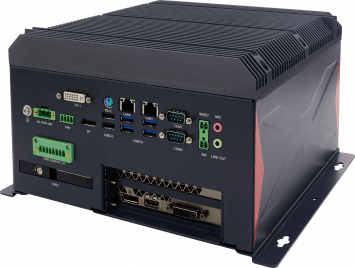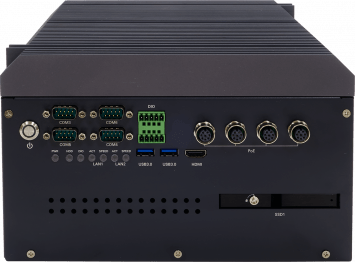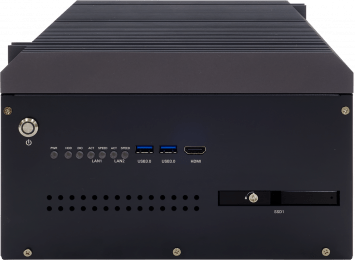CPT330
Intel® Core™i7-9700TE Processor, 120W NVIDIA® GPU ( Optional), 4 x 802.3 at Gigabit PoE via M12, 4-CH isolated DI and 4-CH isolated DO, 1 x PCIex16 Slot, 2 x 2.5'' SSD, Multi Display, 9V to 48V DC-in, Nvidia GTX1660 Graphics Card supported
- Intel® Core™ i7-9700TE Processor (8 cores ,3.8Ghz)
- 120W NVIDIA® GPU (Optional)
- 4-CH isolated DI and 4-CH isolated DO
- 4 x 802.3 at Gigabit PoE via M12
- Nvidia GTX1660 Graphics Card supported
- Up to 64GB DDR4-2666 SDRAM
- 1 xPCIex16, 2 x 2.5'' SSD
- Multi Display : HDMI/DVI-I/DP
- 6 x LAN (4 x PoE RJ45 or M12), 6 x COM, 8 x USB
- Wide Range 9V-48V DC-in
- Operating Temperature 0°C to 50°C (Optional: -20°C to 60°C)
- Technical Profile
- Specifications
- CPU
-
Introduction
-
From ADAS to full Level 5 autonomy, with a special focus on artificial intelligence, machine learning, sensors, the computing unit handles the main control for the self-driving vehicles, such as converting throttle input to torque requests, safety systems monitoring, control loops, and power limiting. Therefore, Autonomous Vehicles (AV) could contribute to making future mobility more efficient, safer and cleaner.

- How Autonomous Vehicle Works
-
Sensors are key components to make a vehicle driverless. Camera, radar, ultrasonic and LiDAR enable an autonomous vehicle to visualize its surroundings and detect objects. Cars today are fitted with a growing number of environmental sensors that perform a multitude of tasks. The control system integrated sensors for AV encompasses three parts: perception, decision and execution.

01. PERCEPTION LAYER
Perception enables sensors to not only detect objects, but also acquire and eventually classify and track objects surround.
02. DECISION LAYER
Decision-taking is one of the most challenging tasks that AVs must perform. It encompasses prediction, path planning, and obstacle avoidance. All of them performed on the basis of previous perceptions.
03.EXECUTION LAYER
Execution layer consists of interconnection between accelerator, brakes, gearbox and so forth. Driven by Real-Time Operating System (RTOS), all these devices can carry out commands issued by Driving Computer.

- Required High Performance Computing Power
-
7StarLake GPGPU Series
An automated-driving control unit is the core controller of autonomous vehicles. 7Starlake has designed high performance GPGPU computer to EASYMILE to achieve the most advanced driverless shuttle – EZ10 . EZ10 has been launched in 2015 and operated over 26 countries and up to 200 sites, including Asia, Middle East , North America and Europe. EZ10 has no steering wheel, gas pedal or brake pedal, being 100% driverless. Relative to normal cars, hardware accelerators, such as GPUs , CPU and FPGAs are extremely important to autonomous vehicles for handling computation-intensive tasks.
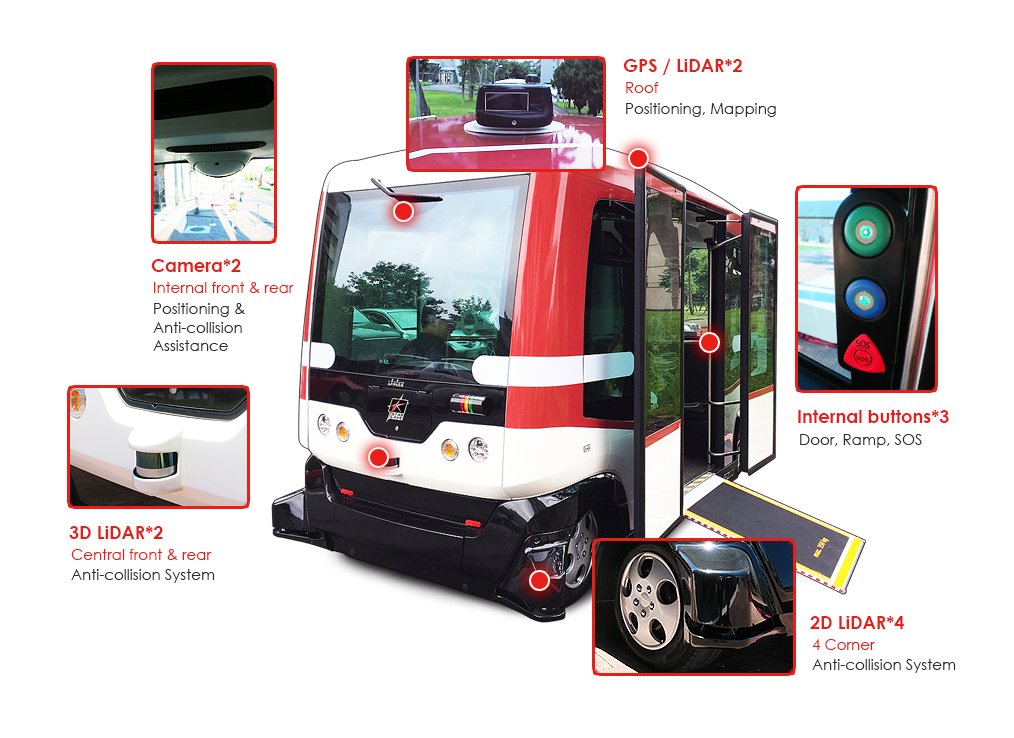
System |
||
|---|---|---|
|
CPU |
Intel® Core™ i7-9700 (12M Cache up to 4.7GHz) 65W Intel® Core™ i7-9700TE (12M Cache up to 3.8GHz) 35W Intel® Core™ i7-8700 (12M Cache up to 4.6GHz) 65W Intel® Core™ i7-8700T (12M Cache up to 4.0GHz) 35W |
|
|
Memory type |
2 x SO-DIMM up to 64GB DDR4-2666MHz |
|
|
Chipset |
Intel® Q370/C246 Platform Controller Hub |
|
Display |
||
|
Graphics Card |
NVIDIA GTX1660 supported |
|
Storage |
||
|
HDD/SSD |
2 x 2.5" SSD |
|
Ethernet |
||
|
Ethernet |
1x Intel® i210IT Gigabit Ethernet 1x Intel® i218LM Gigabit Ethernet Optional : 4 x PoE RJ45 (Intel i210-IT) Port 4 x PoE M12 (Intel i210-IT) Port |
|
Rear I/O |
||
|
Serial |
4 x DB9 connector (RS232/422/485) |
|
|
DI/DO |
8-bit Isolated Digital I/O (4 x DI, 4 x DO) |
|
|
Ethernet |
4 x PoE RJ45 or M12 (Optional) |
|
|
HDMI |
1 x 19Pin HDMI1.4 connector (Female), resolution up to 3840x2160@30Hz |
|
|
USB |
2 x USB3.0 |
|
|
Storage |
2 x 2.5'' SSD |
|
Front I/O |
||
|
Expansion |
1 x PCIex16 |
|
|
Audio |
1 x Mic-in, 1 x Line-out |
|
|
Terminal Block |
1 x 2Pin Terminal Block Remote Power ON/OFF 1 x 2Pin Terminal Block Remote Reset 1 x 4Pin Terminal Block External FAN Connector 1 x 3Pin Terminal Block Power Input |
|
|
Serial |
2 x DB9 connector (RS232/422/485) |
|
|
Ethernet |
2 x RJ45 Gigabit Ethernet Interfaces (10/100/1000Mbps) |
|
|
USB |
4 x USB3.0, 2 x USB2.0 |
|
|
DisplayPort |
1 x 20Pin DisplayPort connector (Female), resolution up to 4096x2160@60Hz |
|
|
DVI-I |
1 x 20Pin DVI-I connector (Female), resolution up to 2560x1600@60Hz |
|
Power Requirement |
||
|
Power Input |
DC-In 9V-48V |
|
Applications, Operating System |
||
|
Operating System |
Windows 10 64Bit Ubuntu14.04, Fedora 20/23, RedHat Linux EL 7.1/7.2 |
|
Physical |
||
|
Dimension (W x D x H) |
250x130x264.2mm (WxHxD) |
|
|
Weight |
6.75kg (14.88 lbs) |
|
|
Chassis |
SECC + Aluminum Alloy, Corrosion Resistant |
|
|
Finish |
Anodic aluminum oxide (Color Iron gray and Black) |
|
|
Cooling |
Natural Passive Convection/Conduction. No Moving Parts. |
|
Environmental |
||
|
Reliability |
No Moving Parts; Passive Cooling. Designed & Manufactured using ISO 9001/2000 Certified Quality Program. |
|
|
Operating Temperature |
0°C to 50°C, optional: -20°C to 60°C |
|
|
Storage Temperature |
-40°C to +85°C |
|
Ordering information |
||
| CPT330B |
|
|
| CPT330B-ET |
|
|
Additional options |
||
| Nvidia GTX1660 Graphics Card | ||
| Ethernet Expansion Module |
Option 1: 4 x Gigabit Ethernet (RJ45) Option 2: 4 x Gigabit Ethernet (M12) Option 3: 4 x Gigabit PoE (RJ45) Option 4: 4 x Gigabit PoE (M12) |
|
| COM Expansion Module | 4 x RS232/422/485 with isolated DIDO (4 x DI, 4 x DO) | |
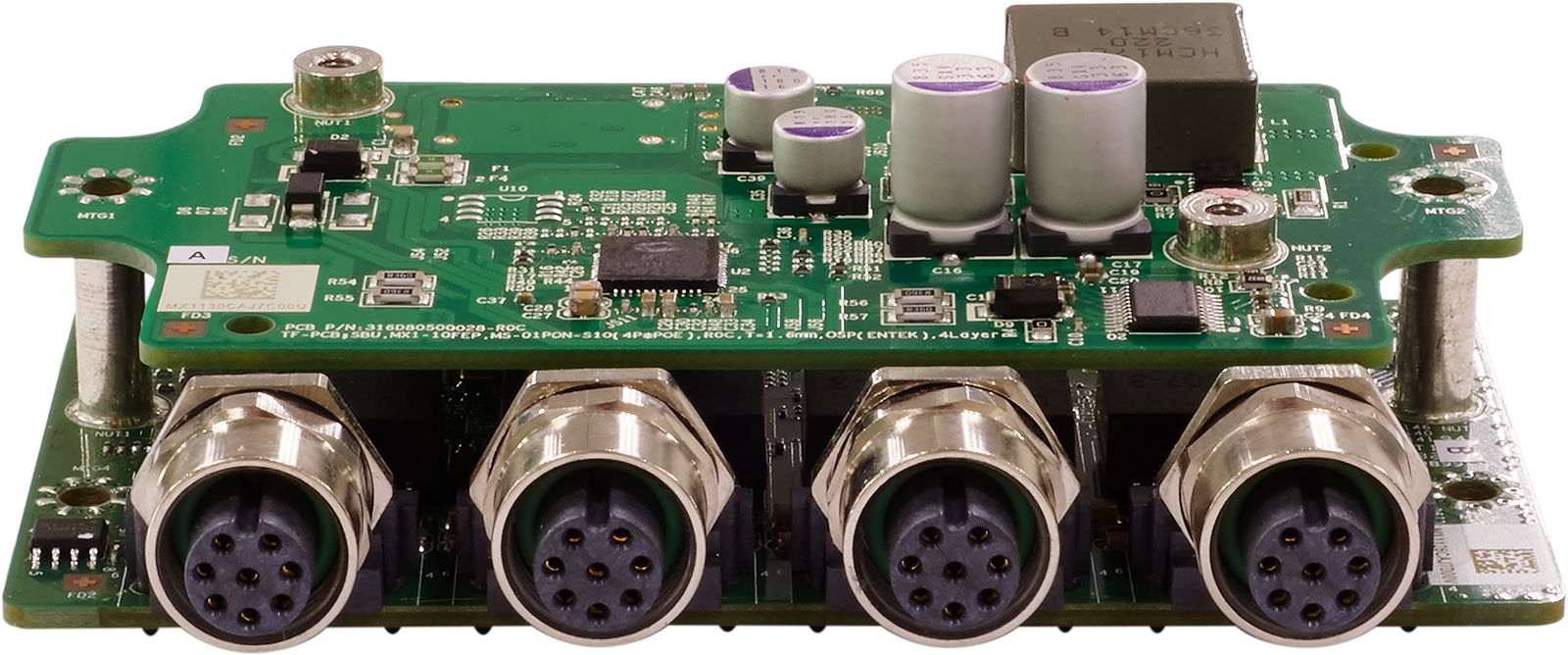
4 x PoE (RJ45 or M12)
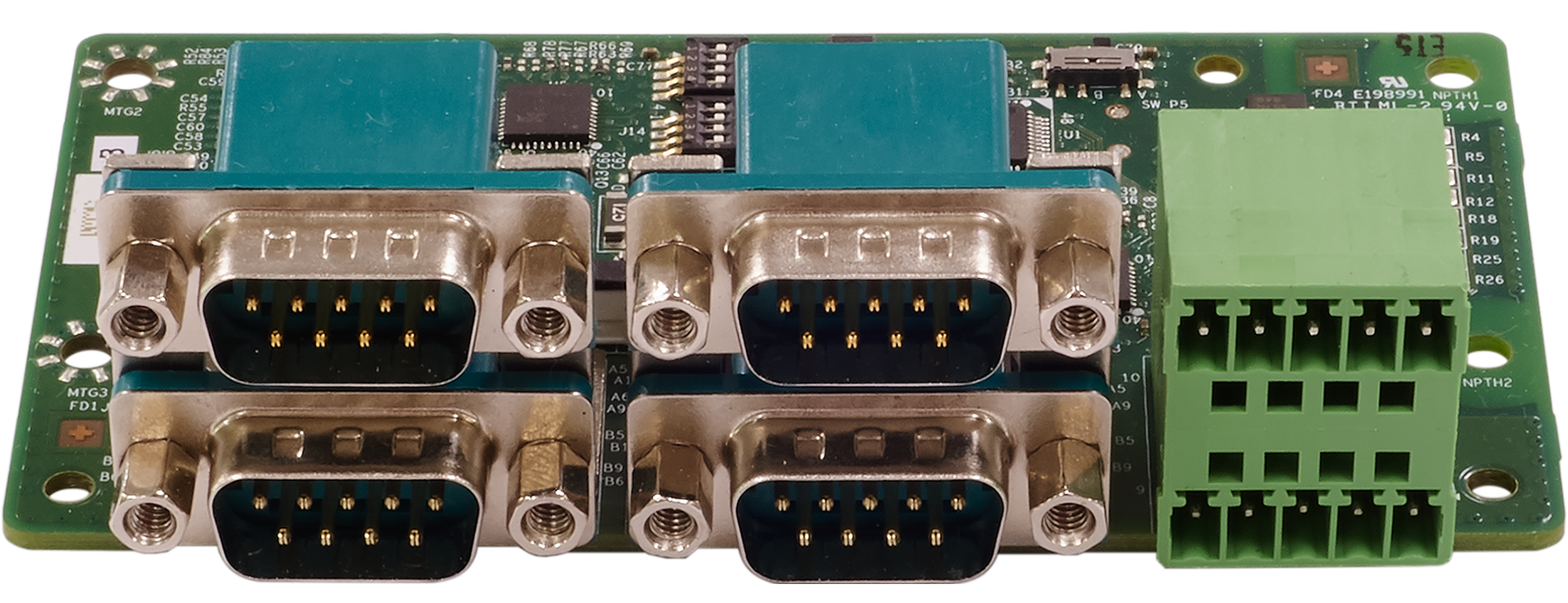
4 x RS232/422/485 with isolated DIDO (4 x DI, 4 x DO)
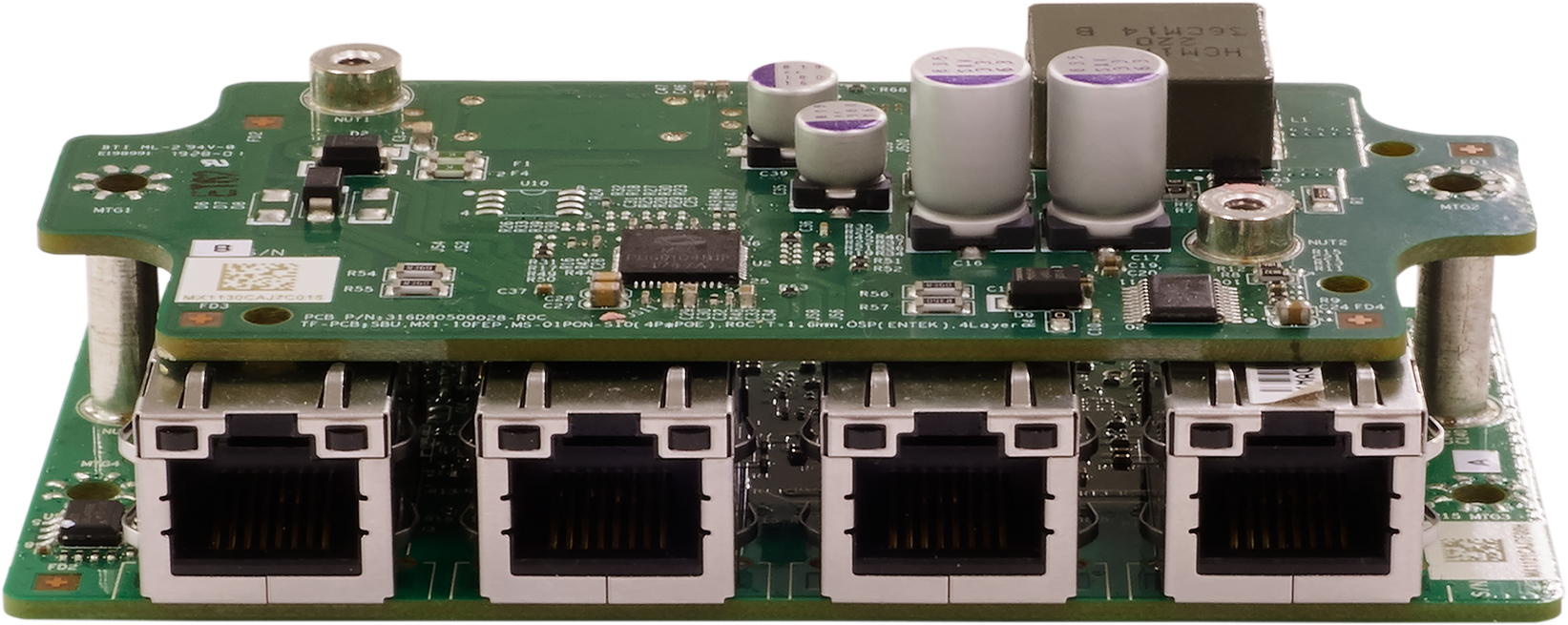
4 x RJ45 LAN ports
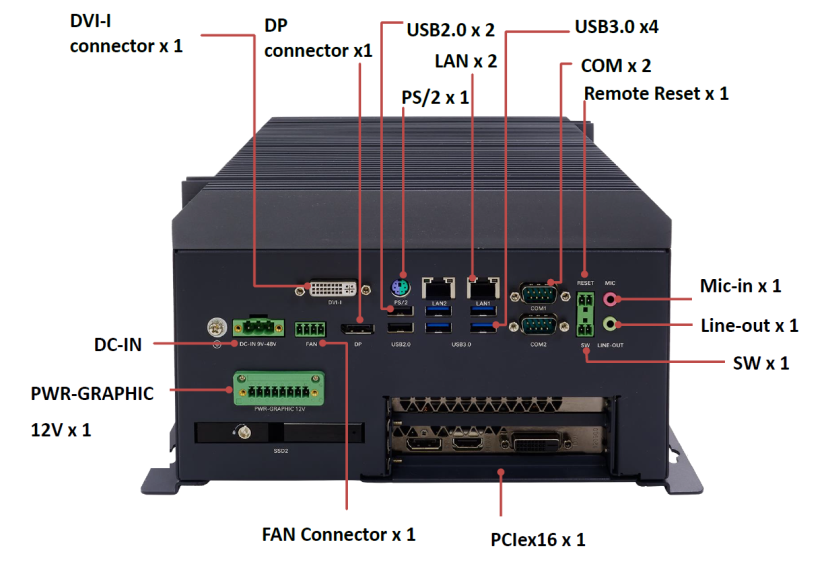
Intel® Core™ i7-9700TE Processor (up to 3.8 GHz, 8 cores)
Thermal Point \ Testing Temp. |
-40°C |
-20°C |
0°C |
+25°C |
+50°C |
+55°C |
+60°C |
|---|---|---|---|---|---|---|---|
|
CPU T-J |
0 |
17 |
16 |
58 |
68 |
75 |
91 |
|
CPU Die |
-10.4 |
8.8 |
11.8 |
38.6 |
71.9 |
76 |
81.5 |
|
CPU Heat sink |
-13.8 |
4.7 |
8.2 |
34.7 |
67.8 |
72 |
77.3 |
|
Δ1=(TJ-Die) |
10.4 |
8.2 |
4.7 |
5.0 |
5.0 |
7.0 |
7.0 |
|
Δ2=(Die-Heat Sink) |
3.4 |
4.1 |
4.7 |
5.0 |
5.0 |
6.0 |
5.0 |
|
CPU Frequency (GHz) |
3.15 |
3.02 |
2.66 |
2.68 |
2.57 |
2.45 |
2.41 |
|
GPU T-J |
19 |
57 |
71 |
82 |
88 |
||
|
GPU Die |
31.5 |
62.6 |
85.5 |
87 |
89.3 |
||
|
GPU Frequency (GHz) |
1.5 |
0.84 |
0.675 |
1.125 |
0.96 |
Intel® Core™ i7-8700T Processor (up to 2.4 GHz, 6 cores)
Thermal Point \ Testing Temp. |
-40°C |
-20°C |
0°C |
+25°C |
+50°C |
+55°C |
+60°C |
|---|---|---|---|---|---|---|---|
|
CPU T-J |
0 | 20 |
16 |
77 |
95 |
99 |
100 |
|
CPU Die |
-10 | 8.2 |
11.8 |
38.6 |
71.9 |
76 |
81.5 |
|
CPU Heat sink |
-15.7 | 2.2 |
8.2 |
34.7 |
67.8 |
72 |
77.3 |
|
Δ1=(TJ-Die) |
10 | 11.8 |
4.7 |
5.0 |
5.0 |
7.0 |
7.0 |
|
Δ2=(Die-Heat Sink) |
5.7 | 6 |
4.7 |
5.0 |
5.0 |
6.0 |
5.0 |
|
CPU Frequency (GHz) |
2.83 | 2.85 |
2.66 |
2.97 |
2.26 |
2.18 |
2.19 |
Intel®i7-8700 Processor( up to 3.2 GHz,6 cores)
Test 50°C with air flow
|
Description |
System Top Sink |
CPU Die |
CPU T-j |
CPU Freq |
|---|---|---|---|---|
|
100%CPU Loading 50°C with hot air flow |
71.4 |
68.8 |
100 |
3.1 GHz |
|
100%CPU Loading 50°C with hot air flow |
70.4 |
73.2 |
100 |
3.2 GHz |
Test 60°C with air flow
|
Description |
System Top Sink |
CPU Die |
CPU T-j |
CPU Freq |
|---|---|---|---|---|
|
100% CPU Loading 60°C with hot air flow |
76.8 |
81.5 |
100 |
2.99 GHz |
|
100% CPU Loading 60°C with hot air flow |
75 |
79.6 |
100 |
3.15 GHz |
Test 50°C with no air flow
|
Description |
System Top Sink |
CPU Die |
CPU T-j |
CPU Freq |
|---|---|---|---|---|
|
100% CPU Loading 50°C without air flow |
78 |
81.1 |
100 |
3.05 GHz |
|
100% CPU Loading 50°C without air flow |
77 |
81.1 |
100 |
3.06 GHz |
